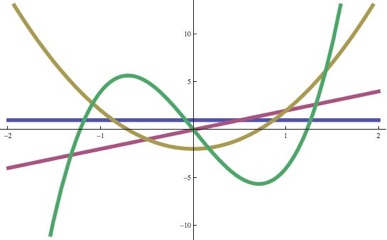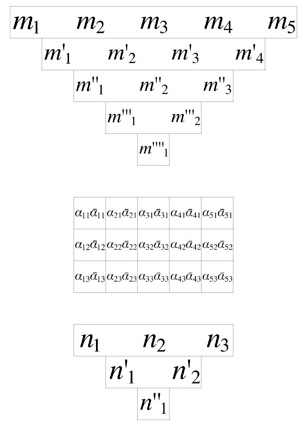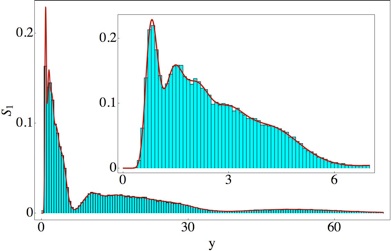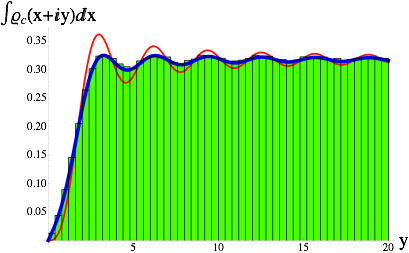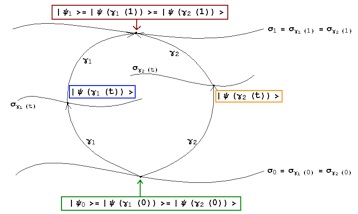Random Matrix Theory (RMT)
A broad range of applications
Since the 60's, random matrix ensembles are simple toy models for a large variety of physical and non physical systems. For example RMT helped to understand what quantum chaos is. Moreover new phenomena in mesoscopic systems, in particular in condensed matter theory where correctly described by RMT. Also in mathematics RMT had a strong impact like number theory or representation theory. Other applications can be found in econo physics, studies of earth quakes and statistical physics in general.
Universality
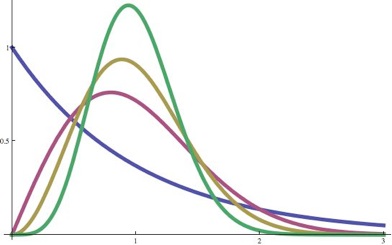
Analytical results
Random matrix ensembles are attractive because of their simple structures. These structures make analytical results accessible. Such results would remain in the dark for the original systems under investigation.
Global symmetries are the key
Although the physical systems are very often too complex due the high number of degrees of freedom or the complexity of the equations describing them they may reduce to their global symmetries in certain limits. If this happens then it is quite possible that the system can be described by a random matrix model.



